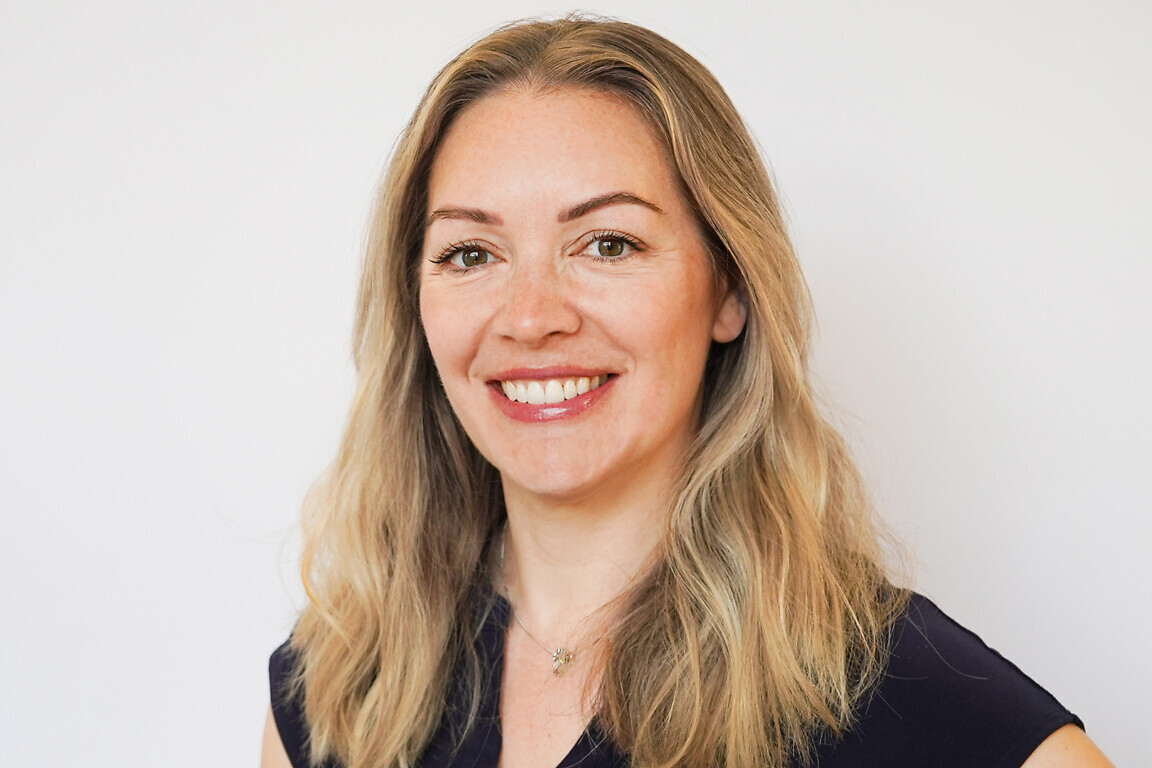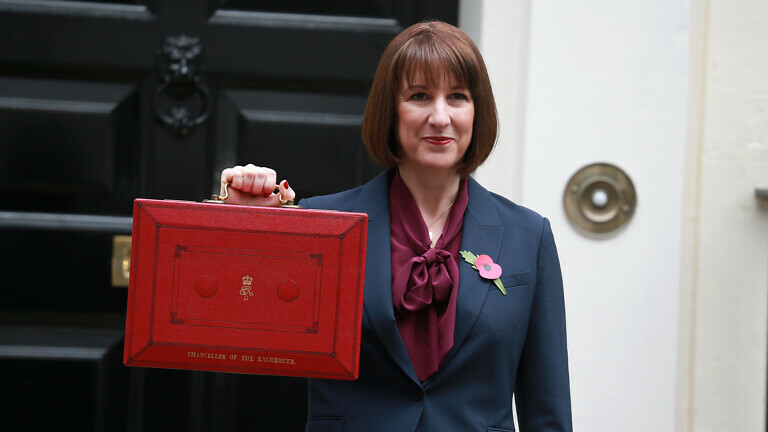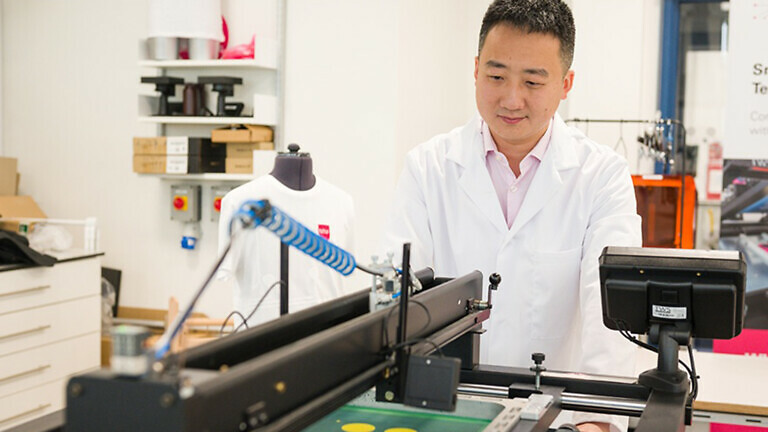The consultant radiologist and chief commercial officer of Hexarad talks about how outdated IT systems and overwhelmed teams actively hinder even the best AI tools or tech initiatives.
Amy Davis is a consultant radiologist and the chief commercial officer of London-based Hexarad, a radiologist-led company providing teleradiology services and also developing AI workflow management tools to make radiology departments more efficient. Here, she talks to Healthcare Today about growing demand for radiology services, how to use AI more efficiently and bottlenecks within the NHS.
Why has the demand for private radiology services evolved so rapidly in recent years? Is it something as basic as NHS capacity challenges, or are you bringing something else to the table that wasn’t there before?
It is a bit of both. Teleradiology is a service the NHS has long relied upon, primarily due to a global workforce crisis in radiology. There are too many scans and not enough radiologists. Meanwhile, imaging technology has advanced rapidly. I recall my days as a junior doctor when we still used digital film. Back then, you had to go to the radiology department in person to view a scan, and a single computed tomography (CT) scan could take up to 40 minutes. Now, a full-body CT scan takes just five minutes. The mathematical algorithms and imaging technology have improved so dramatically that it would now be unethical not to use imaging for diagnosis and follow-up, given how much clarity it provides.
The reason teleradiology is expanding in the private sector is that healthcare systems are struggling to keep up with demand. Diagnostic scan requests have increased by at least 10% a year for more than a decade. Yet, the path to becoming a radiologist is long: in the UK, it requires five years of dedicated radiology training after several years as a junior doctor.
One major challenge in the UK is the commitment required from consultant radiologists to train the next generation. Training capacity hasn’t expanded as needed, partly because there aren’t enough senior radiologists to supervise trainees. This creates a vicious cycle: without enough trainers, we can’t produce enough radiologists, perpetuating the shortage.
“The NHS isn’t a cash cow for us – we’re tackling problems we’ve faced firsthand.”
What role does technology, such as AI and advanced imaging software, play in enhancing the efficiency and accuracy of outsourced radiology services?
We use AI for the unsexy work – the logistical heavy lifting. When people discuss AI in radiology, they usually focus on AI interpreting scans. That was the big trend a few years ago, but the market has since seen significant consolidation. While some have thrived, others have failed to deliver.
As a teleradiology provider, our primary focus has been on optimising the logistics of radiology.
Radiologists specialise in different scan types and work at varying speeds. Managing this is a complex challenge – especially when thousands of scans arrive daily, each needing to be routed to the right specialist at the right time. Most systems rely on manual allocation, which is inherently inefficient.
To solve this, we’ve developed our own AI-driven workflow management tool. Our platform assesses incoming scans, profiles radiologists’ expertise, checks their availability and dynamically assigns cases.
Solving this requires clinical insight. Most NHS departments lack the tools to optimise workflow without burdening radiologists with administrative tasks.
Our second platform – OptiRad – is a radiology workflow and business intelligence tool designed for the NHS. It lets hospitals apply our logistics technology internally, enabling admin staff to allocate scans more effectively.
This isn’t about profit-seeking. The NHS isn’t a cash cow for us – we’re tackling problems we’ve faced firsthand. Teleradiology alleviates staffing shortages, but we also want to improve NHS efficiency so fewer scans need outsourcing.
In one pilot with a hospital, our tools helped them cut annual outsourcing costs by £150,000.
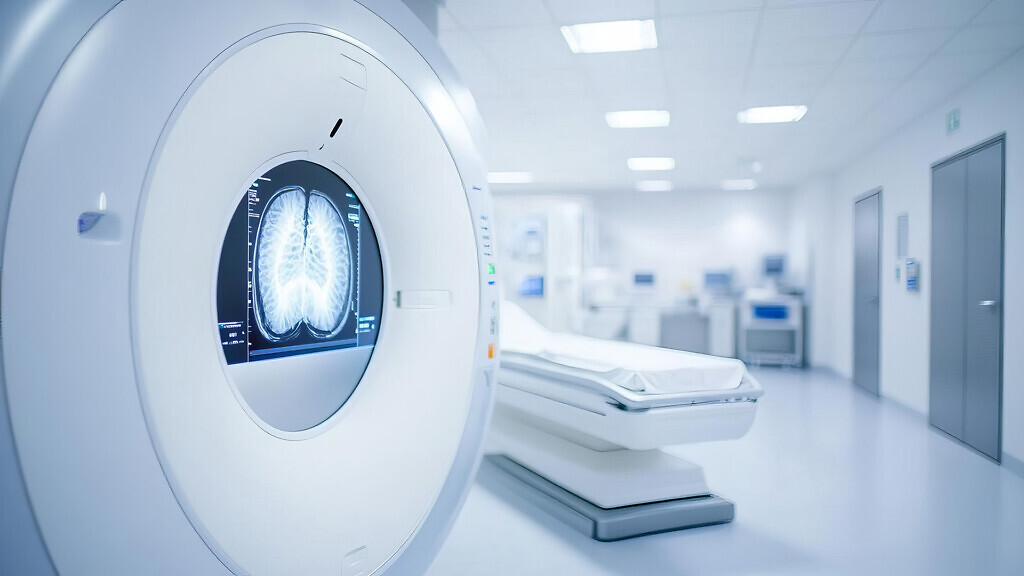
There has been much in the papers about cuts to AI tech in radiology. How much does that impact the sector really?
While many companies focus on AI that interprets scans, we’ve taken a different approach. To my knowledge, no AI tool currently has regulatory clearance as a diagnostic tool – they’re all classed as decision support. That means radiologists still bear full responsibility for signing off reports, so the question becomes: What are you really paying for? Does the AI make reporting significantly faster or more accurate?
Some tools do add value, particularly in NHS Radiology workflows (which differ from teleradiology). But broadly, they’re far from the panacea predicted five years ago. The real disruption lies in optimising how radiologists work. Streamlining logistics – matching scans to specialists, reducing administrative friction – can dramatically boost productivity. Ironically, while this is where the greatest gains can be made, the UK risks being left behind.
Most cutting-edge radiology tech is now developed abroad, and many companies have no interest in entering the UK market. At global conferences, we’ve seen groundbreaking tools that could transform radiology, but when we’ve asked to pilot them, the response is often: “The UK isn’t on our roadmap.”
That’s a worrying sign. If the UK doesn’t adapt, it may find itself sidelined in the next wave of medical innovation – not because the technology isn’t there, but because the system can’t keep up.
“Change in the NHS moves at a glacial pace – not because the need isn’t urgent, but because frontline crises overshadow systemic fixes.”
How do private radiology providers like Hexarad collaborate with the NHS to address diagnostic backlogs and improve patient outcomes?
We pride ourselves on being an agile, problem-solving partner to the NHS. Take one of our customers: when we first met them, they were struggling with an unsupported, obsolete radiology information system (RIS) – the core platform for booking scans and managing reports. The original vendor had gone bust, leaving them stranded. While waiting for a new system, they faced a mounting backlog.
We built a custom gateway, bypassing their defunct RIS with a semi-manual workaround, and cleared their backlog. That collaboration became the foundation of a lasting partnership and we’re now their sole teleradiology provider.
Our in-house software team lets us adapt quickly. Our integration team, for example, ended up solving an unrelated crisis for one of our customers who were struggling to integrate an AI tool. Though it wasn’t our problem, we stepped in and our head of clinical systems cracked it in a few hours.
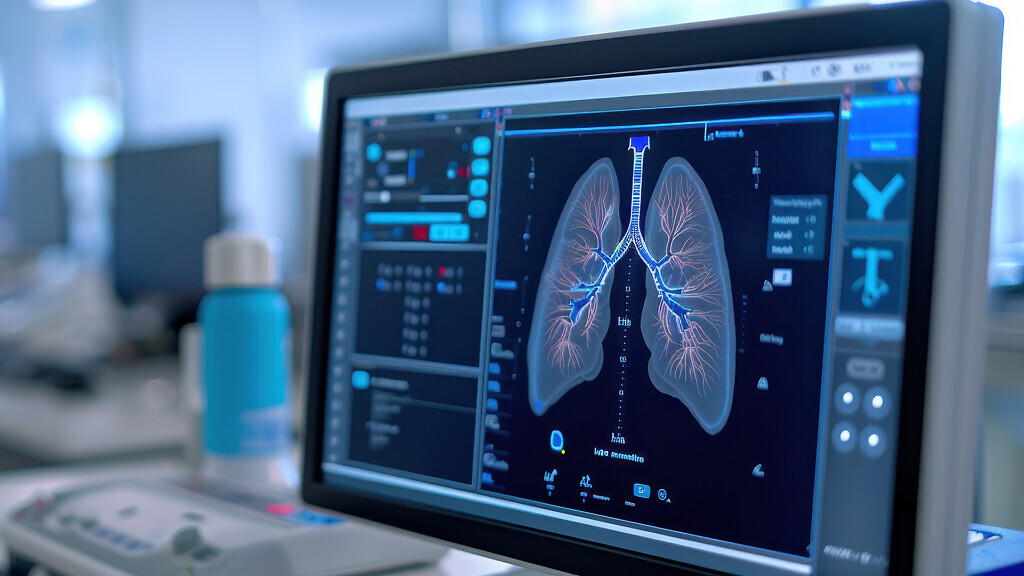
“There’s no shortage of vision within the NHS – staff know the direction they want to take.”
How do you see the relationship in the years ahead. Would we have the same conversation if I came back in five years?
There’s no shortage of vision within the NHS – staff know the direction they want to take. But with recent uncertainty around NHS England’s restructuring and the sheer volume of concurrent technology upgrades, radiology teams are stuck in a cycle of firefighting.
Yet the commitment runs deep. As a former NHS clinician, I’ve seen firsthand how passionately staff believe in the service. The current shake-up could be transformative: reducing bureaucracy might finally empower teams to drive change. That’s why we founded Hexarad – we hit walls trying to solve problems from the inside. Paradoxically, as an external partner, we gained traction faster.
But one critical bottleneck remains: the NHS’s crumbling digital infrastructure. Outdated IT systems – and overwhelmed teams – actively hinder progress. One integration took us over a year because a key IT lead, drowning in daily crises, couldn’t spare 30 minutes. Without foundational IT support, even the best AI tools or tech initiatives fail at the starting gate.
If I could make one plea to policymakers? Invest in digital backbone first. Innovation can’t thrive where basic connectivity falters. The NHS has the talent and the will – it just needs the tools.
